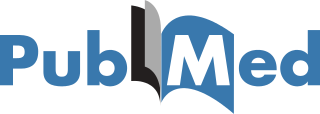Using Farabloc to Decrease Hot Flashes in Postmenopausal Women: A Randomized Controlled Study
Rollin Yinglin Yu, Clarus Ka-Wing Leung and York N. Hsiang*
Archives of Clinical Experimental Surgery
Volume 10, No 1 (2021)
Archives of Clinical and Experimental Surgery is a peer-reviewed scientific journal published four times a year.
ISSN: 2146-8133


